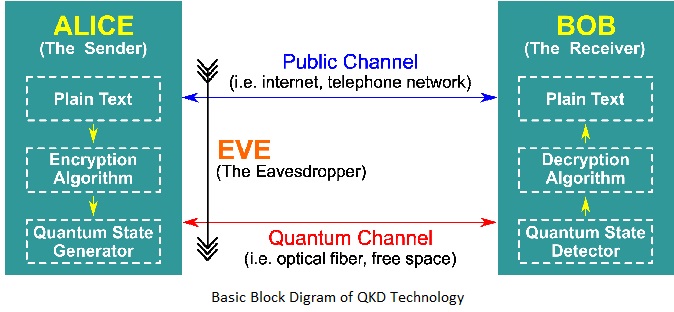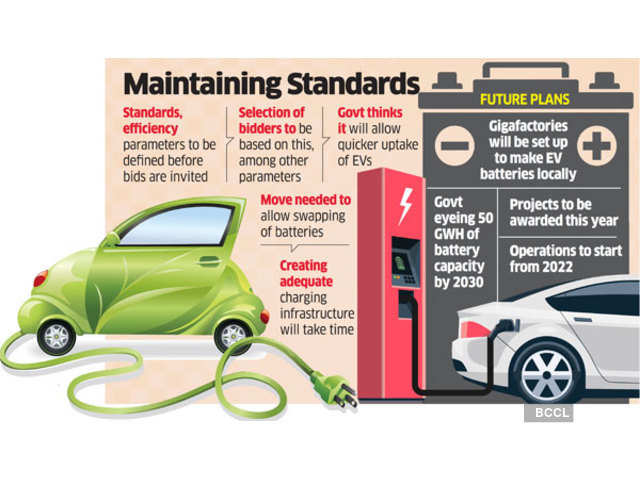Note4Students
From UPSC perspective, the following things are important :
Prelims level: AFSPA
Mains level: Read the attached story

A committee constituted by the Union Home Ministry to study the withdrawal of the Armed Forces (Special Powers) Act, or AFSPA, from Nagaland, slated to submit a report within 45 days is yet to conclude its findings.
AFSPA: A Backgrounder
- The AFSPA, 1958 came into force in the context of insurgency in the North-eastern States decades ago.
- It provides “special power” to the Armed Forces applies to the Army, the Air Force and the Central Paramilitary forces etc.
- It has been long contested debate whether the “special powers” granted under AFSPA gives total immunity to the armed forces for any action taken by them.
Armed Forces (Special Powers) Act, 1958
- Armed Forces Special Powers Act, to put it simply, gives armed forces the power to maintain public order in “disturbed areas.”
- AFSPA gives armed forces the authority use force or even open fire after giving due warning if they feel a person is in contravention of the law.
- The Act further provides that if “reasonable suspicion exists”, the armed forces can also arrest a person without warrant; enter or search premises without a warrant; and ban the possession of firearms.
What are the Special Powers?
The ‘special powers’ which are spelt out under Section 4 provide that:
(a) Power to use force, including opening fire, even to the extent of causing death if prohibitory orders banning assembly of five or more persons or carrying arms and weapons, etc are in force in the disturbed area;
(b) Power to destroy structures used as hide-outs, training camps, or as a place from which attacks are or likely to be launched, etc;
(c) Power to arrest without warrant and to use force for the purpose;
(d) Power to enter and search premises without a warrant to make arrest or recovery of hostages, arms and ammunition and stolen property etc.
What are the Disturbed Areas?
- A disturbed area is one that is declared by notification under Section 3 of the AFSPA.
- As per Section 3, it can be invoked in places where “the use of armed forces in aid of the civil power is necessary”.
Who can declare/notify such areas?
- The Central Government or the Governor of the State or administrator of the Union Territory can declare the whole or part of the State or Union Territory as a disturbed area.
- A suitable notification would have to be made in the Official Gazette.
Presently ‘Disturbed Areas’
- AFSPA is currently in force in Assam, Nagaland, Manipur, 3 districts of Arunachal Pradesh, and areas falling within the jurisdiction of 8 police stations in Arunachal Pradesh bordering Assam.
- In Jammu and Kashmir, a separate law Armed Forces (Jammu and Kashmir) Special Powers Act, 1990 has been in force.
Is it a License to Kill?
While the operation of the Section has been controversial in itself, it has attracted much criticism when actions have resulted in the death of civilians.
- Power to kill: Section 4 of the Act granted officers the authority to “take any action” even to the extent to cause the death.
- Protection against prosecution: This power is further bolstered by Section 6 which provides that legal can be instituted against the officer, except with the previous sanction of the Central Government.
Supreme Court’s Observations over AFSPA
- These extra-judicial killings became the attention of the Supreme Court in 2016.
- It clarified that the bar under Section 6 would not grant “total immunity” to the officers against any probe into their alleged excesses.
- The judgment noted that if any death was unjustified, there is no blanket immunity available to the perpetrator(s) of the offense.
- The Court further noted that if an offense is committed even by Army personnel, there is no concept of absolute immunity from trial by the criminal court constituted under the CrPC.
Constitutionality of AFSPA
- Attempts have been made to examine the constitutionality of the Act on the grounds that it is contravention to the:
- Right to Life and Personal Liberty (Article 21) and
- Federal structure of the Constitution since law and order is a State subject
Recommendations to repeal AFSPA
(1) Justice B.P. Jeevan Reddy Commission
- The 2004 Committee headed by Justice B.P. Jeevan Reddy, the content of which has never officially been revealed by the Government, recommended that AFSPA be repealed.
- Additionally, it recommended that appropriate provisions be inserted in the Unlawful Activities Prevention Act, 1967 (UAPA) instead.
- It also recommended that the UAPA be modified to clearly specify the powers of the armed forces and paramilitary forces and grievance cells should be set up in each district where the armed forces are deployed.
(2) ARC II
- The Administrative Reforms Commission in its 5th Report on ‘Public Order’ had also recommended that AFSPA be repealed.
- It recommended adding a new chapter to be added to the Unlawful Activities Prevention Act, 1967.
- However, the recommendation was considered first and then rejected.
Controversies with AFSPA
(1) Sexual Misconduct by Armed Forces
- The issue of violation of human rights by actions of armed forces came under the consideration of the Committee on Amendments to Criminal Law (popularly known as Justice Verma Committee) set up in 2012.
- It observed that- in conflict zones, legal protection for women was neglected.
(2) Autocracy
- The reality is that there is no evidence of any action being taken against any officer of the armed forces or paramilitary forces for their excesses.
Caution given by the Supreme Court
A July 2016 judgment authored by Justice Madan B. Lokur in Extra Judicial Execution Victim Families Association quoted the “Ten Commandments” issued by the Chief of the Army Staff for operations in disturbed areas:
- Definite circumstances: The “power to cause death is relatable to maintenance of public order in a disturbed area and is to be exercised under definite circumstances”.
- Declaration preconditions: These preconditions include a declaration by a high-level authority that an area is “disturbed”.
- Due warning: The officer concerned decides to use deadly force on the opinion that it is “necessary” to maintain public order. But he has to give “due warning” first.
- No arbitrary action: The persons against whom the action was taken by the armed forces should have been “acting in contravention of any law or order for the time being in force in the disturbed area”.
- Minimal use of force: The armed forces must use only the “minimal force required for effective action against the person/persons acting in contravention of the prohibitory order.”
- Empathy with perpetrators: The court said that: the people you are dealing with are your own countrymen. All your conduct must be dictated by this one significant consideration.
- People friendliness: The court underscored how the Commandments insist that “operations must be people-friendly, using minimum force and avoiding collateral damage – restrain must be the key”.
- Good intelligence: It added that “good intelligence is the key to success”.
- Compassion: It exhorted personnel to “be compassionate, help the people and win their hearts and minds. Employ all resources under your command to improve their living conditions”.
- Upholding Dharma (Duty): The judgment ended with the final Commandment to “uphold Dharma and take pride in your country and the Army”.
Conclusion
- Despite demands by civil society groups and human rights activities, none of the recommendations have not been implemented to date.
UPSC 2022 countdown has begun! Get your personal guidance plan now! (Click here)
Get an IAS/IPS ranker as your 1: 1 personal mentor for UPSC 2024
Attend Now












